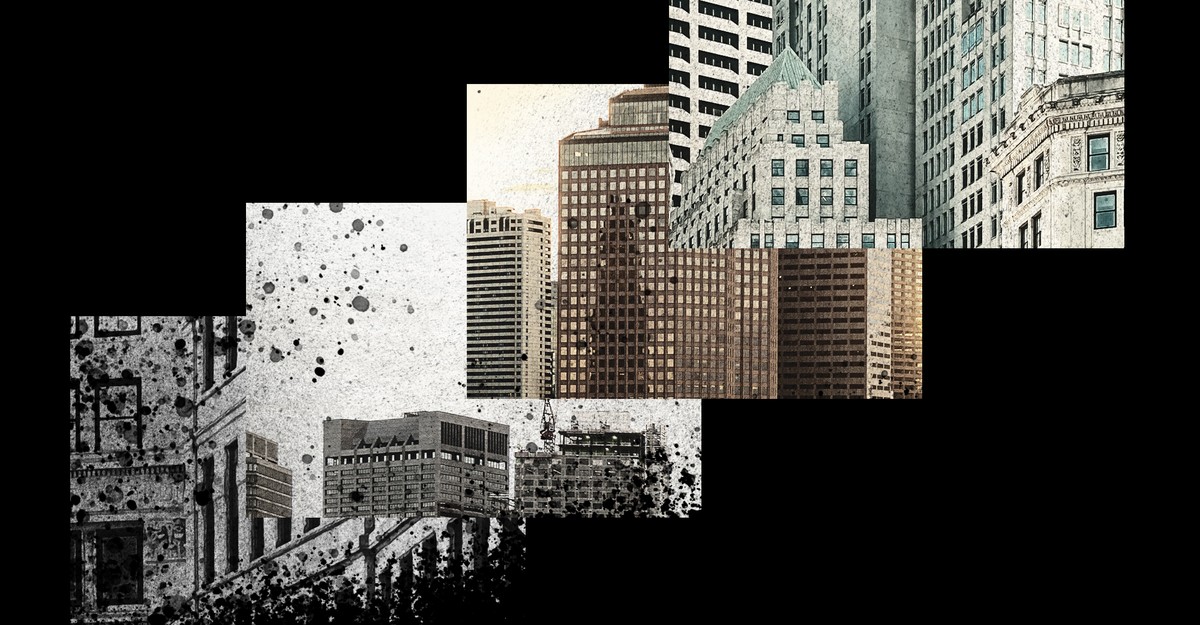America’s superstar cities have avoided the post-pandemic death spiral—so far, anyway.
The pandemic was supposed to be the death of the great American city. The rise of remote work unleashed an exodus to the Sun Belt and suburbs, leaving behind empty subway cars, abandoned offices, and desolate downtowns. Violent crime spiked. Suddenly, so-called superstar cities—such as New York, Boston, and Los Angeles, which boomed throughout the 2010s—were facing what experts called an “urban doom loop.” The more people moved away, the worse things would get; the worse things got, the more people would move away; and so on, in an endless spiral that would do to superstar cities what the decline of the auto industry did to Detroit.
But that hasn’t happened. Twenty-five of America’s 26 largest downtowns have more residents today than they did on the eve of the pandemic. Meanwhile, both violent and property crime plummeted in cities across the country in 2022 and 2023 (Washington, D.C., was a notable exception), and some other threats to public order, such as shoplifting, appear to have been overstated. In fact, the biggest problem that superstar cities face today is the same one that afflicted them before the pandemic: Too many people want to live in them. Housing prices have skyrocketed over the past four years. In New York, Boston, and Los Angeles, vacancy rates are at or near their lowest levels in decades. Even San Francisco, the paragon of post-pandemic urban decline, is doing remarkably well. Last year, its population grew more from net migration than any other city in California, and its crime rate fell. Car break-ins, the symbol of Bay Area decay, declined dramatically in late 2023, according to a San Francisco Chronicle analysis. Homelessness and open-air drug use remain big problems, but they haven’t prompted mass urban flight. Even if things aren’t fully back to normal, the arrow appears to be pointing up.
That’s one interpretation, anyway. The father of the doom-loop hypothesis sees things a little differently. In his view, cities haven’t actually beaten the pandemic death spiral. They simply haven’t experienced it yet.


This person is so confused.